Authors:
ABSTRACT
Aim
Midazolam is used very often to control the anxiety of patients for dental treatment, especially in patients with
special needs. The objective of this study was to evaluate the efficiency of Midazolam in patients with neurological diseases
referred for dental treatment. Study design: Descriptive study.
Methods
Forty consecutive patients with
neurological disorders (encephalopathy, autism, and epilepsy) were referred to dental treatment, and 45 sedations were
performed; all were sedated with Midazolam (intramuscular 0.2-0.3 mg/kg or intravenous 0.1mg/kg) and all were anesthetised
with lidocaine 2 (0.5-2 mL). During the dental procedure, their behavior was analysed and classified into 3
categories: A (indifferent), B (reacted but allowed treatment), and C (did not allow treatment). Data were tabbed and
statistically analysed.
Results
The final patients' classification was: A 22 (49), B 18 (40) and C 5
(11); the patients with encephalopathy had the best results of sedation according to the proposed classification
(p<0.05).
Conclusion
Midazolam demonstrated to be effective in 89 of this sample for dental procedures in
patients with neurological and behavioral disturbances, but it was less effective for patients with autism (p<0.05).
PLUMX METRICS
Publication date:
Keywords:
Issue:
Vol.11 – n.4/2010
Page:
Publisher:
Cite:
Harvard: P. L. Capp, M. E. de Faria, S. R. Siqueira, M. T. Cillo, E. G. Prado, J. T. de Siqueira (2010) "Special care dentistry: Midazolam conscious sedation for patients with neurological diseases", European Journal of Paediatric Dentistry, 11(4), pp162-164. doi:
Copyright (c) 2021 Ariesdue

This work is licensed under a Creative Commons Attribution-NonCommercial 4.0 International License.
